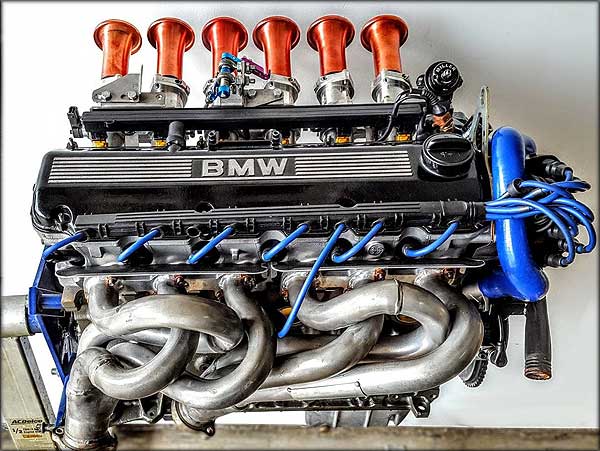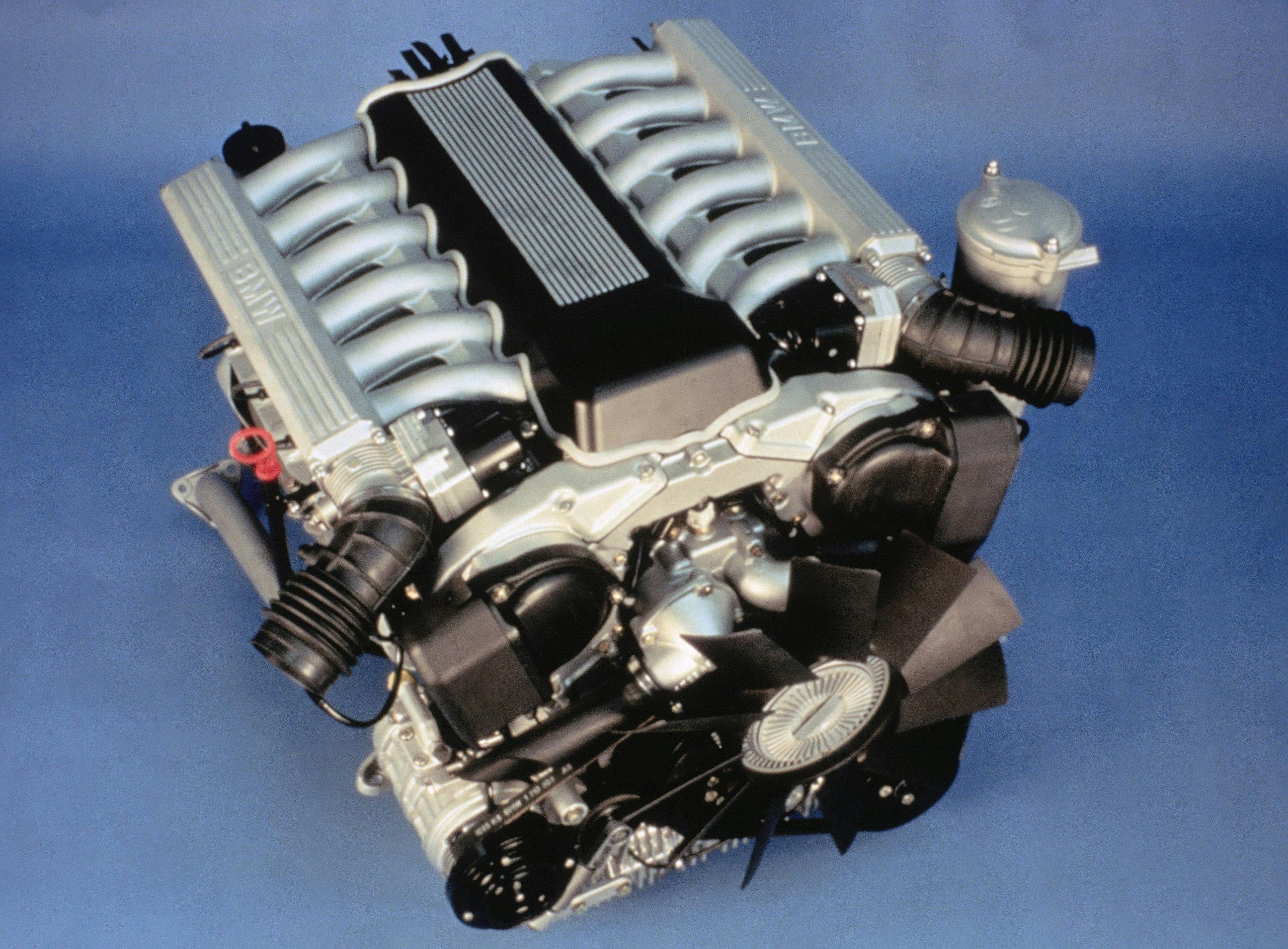Top 5 BMW Engine Technologies Revolutionizing the Automotive Market
Top 5 BMW Engine Technologies Revolutionizing the Automotive Market
Blog Article
Checking Out the Advancement of Burning Engines in Modern Transportation Systems
As we browse the landscape of contemporary transportation, the development of combustion engines stands as a testament to human resourcefulness and engineering prowess. From their modest starts to the advanced giants driving vehicles today, combustion engines have actually gone through an amazing trip of development and adjustment. Recognizing the complexities of this advancement not just clarifies the past but likewise leads the way for visualizing what exists in advance in the realm of transportation modern technology. The interplay of background, technology, and ecological concerns in shaping the trajectory of burning engines develops a narrative that is both engaging and insightful.
Early Beginnings of Combustion Engines
Just how did the idea of burning engines first emerge in the very early stages of transport growth? The roots of combustion engines can be traced back to the 17th century when the principles of internal burning were very first explored.
The advancement minute included the development of the initial effective gasoline-powered engine by Karl Benz in 1885 - bmw engine. This engine led the way for the advancement of the modern car, reinventing transportation systems worldwide. Succeeding advancements by Nikolaus Otto and Gottlieb Daimler further refined combustion engine innovation, causing the automation of automobiles and the rapid expansion of the transport sector
These very early burning engines were characterized by their simplicity and performance, laying the foundation for the complicated and powerful engines used in modern-day transport systems. The development of combustion engines has contributed fit the means we travel and transfer items, marking a significant landmark in the history of transport growth.
Shift to Internal Combustion Modern Technology
The transition to internal combustion innovation marked a critical shift in the development of transportation systems. This shift began in the late 19th century, with innovators like Nikolaus Otto and Gottlieb Daimler establishing the first successful inner burning engines. These engines revolutionized transportation by using a more reliable and powerful option to steam engines and electric motors.
Among the vital advantages of inner burning engines was their ability to be reduced to match lorries, causing the development of motorbikes and cars. This shift from bulky, fixed engines to portable, mobile ones led the way for the contemporary transport systems we see today.
The transition to interior burning modern technology likewise stimulated developments in gas innovation, bring about the development of fuel and diesel as main fuel sources for vehicles. This change not just made transportation much more obtainable to the masses however additionally laid the structure for the oil and gas sector to come to be important to global economic situations.
Effect of Combustion Engines on Transport
The fostering of combustion engines in transport systems militarized an extensive shift in the performance and speed of worldwide mobility. Burning engines transformed transportation by giving a flexible and trusted resource of power for different vehicles, including cars and trucks, vehicles, planes, and ships. This technology dramatically enhanced the capacity for people and goods to relocate over lengthy ranges in much shorter timespan, resulting in increased connectivity in between regions and countries.
Moreover, best site the widespread use combustion engines has had a significant influence on economic advancement. The capability to move items efficiently has actually spurred profession and business, allowing services to expand their markets and reach customers worldwide. This has promoted economic development and globalization, as products can now be carried faster and in bigger amounts than ever.
Nevertheless, the ecological effect of burning engines can not be forgotten. The burning of fossil gas has resulted in air pollution and greenhouse gas exhausts, adding to environment adjustment and positioning health and wellness risks to populaces. bmw engine. As an outcome, there is a growing focus on creating alternate propulsion modern technologies to mitigate these unfavorable impacts and produce a more sustainable future for transportation
Technologies in Burning Engine Layout
One notable innovation is the advancement of turbocharged engines, which utilize exhaust gases to drive a turbine that presses inbound air, enabling for even more fuel to be scorched, resulting in increased power outcome without a considerable boost in engine size. Variable valve timing systems have actually additionally revolutionized engine design by enhancing air flow at various engine rates, improving both power and performance. These developments collectively add to the constant renovation of burning engines in modern transportation systems.
Future Patterns in Burning Engine Advancement
With technology developments driving continual advancement, the future of combustion engine advancement is positioned to revolutionize transportation systems internationally. Among the key fads in look at here now combustion engine advancement is the press towards greater effectiveness and reduced emissions. Producers are investing heavily in r & d to enhance engine performance while satisfying stringent environmental guidelines. This consists of the assimilation of innovative fuel shot systems, enhanced turbocharging approaches, and the use of light-weight materials to optimize gas consumption and minimize carbon discharges.
An additional popular fad is the fostering of hybrid technologies in burning engines. Crossbreed engines integrate typical burning modern technology with electrical power, providing enhanced gas effectiveness and reduced emissions. As the automotive industry shifts towards electrification, hybrid combustion engines are viewed as a transitional solution that connects the void in between standard vehicles and completely electrical ones.
In addition, the integration of smart modern technologies, such as expert system and information analytics, is anticipated to play a substantial role in the future of burning engine advancement. These modern technologies can optimize engine efficiency in real-time, resulting in extra effective combustion processes and boosted general lorry performance. Embracing these future trends will not just drive development in combustion engine development however likewise add to an extra lasting and ecologically friendly transportation environment.

Final Thought
In verdict, the advancement of combustion engines in modern-day transportation systems has been marked by considerable innovations in modern technology and layout. From the very early beginnings of combustion engines to the transition to internal burning innovation, these engines have actually had a profound influence on transport.
The roots of Our site burning engines can be traced back to the 17th century when the principles of internal combustion were initial checked out. These engines reinvented transport by using a more reliable and powerful option to steam engines and electric motors.

Report this page